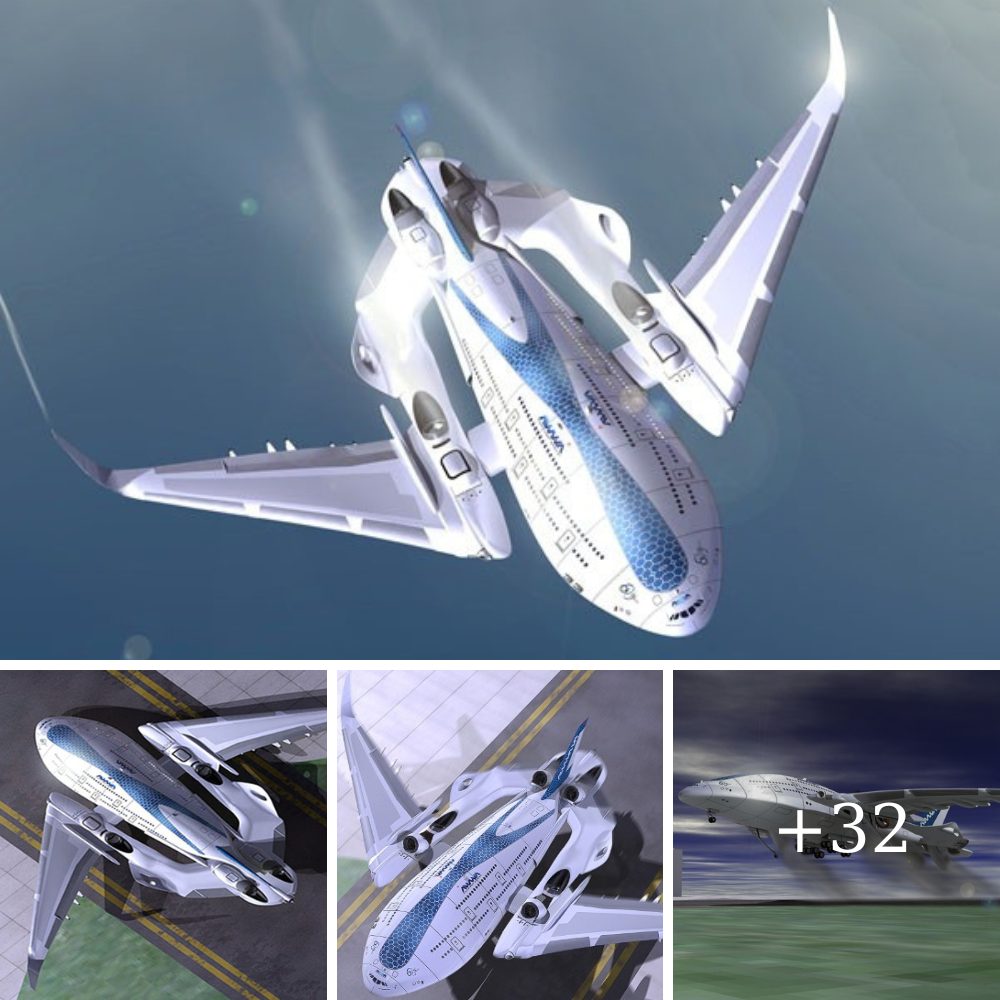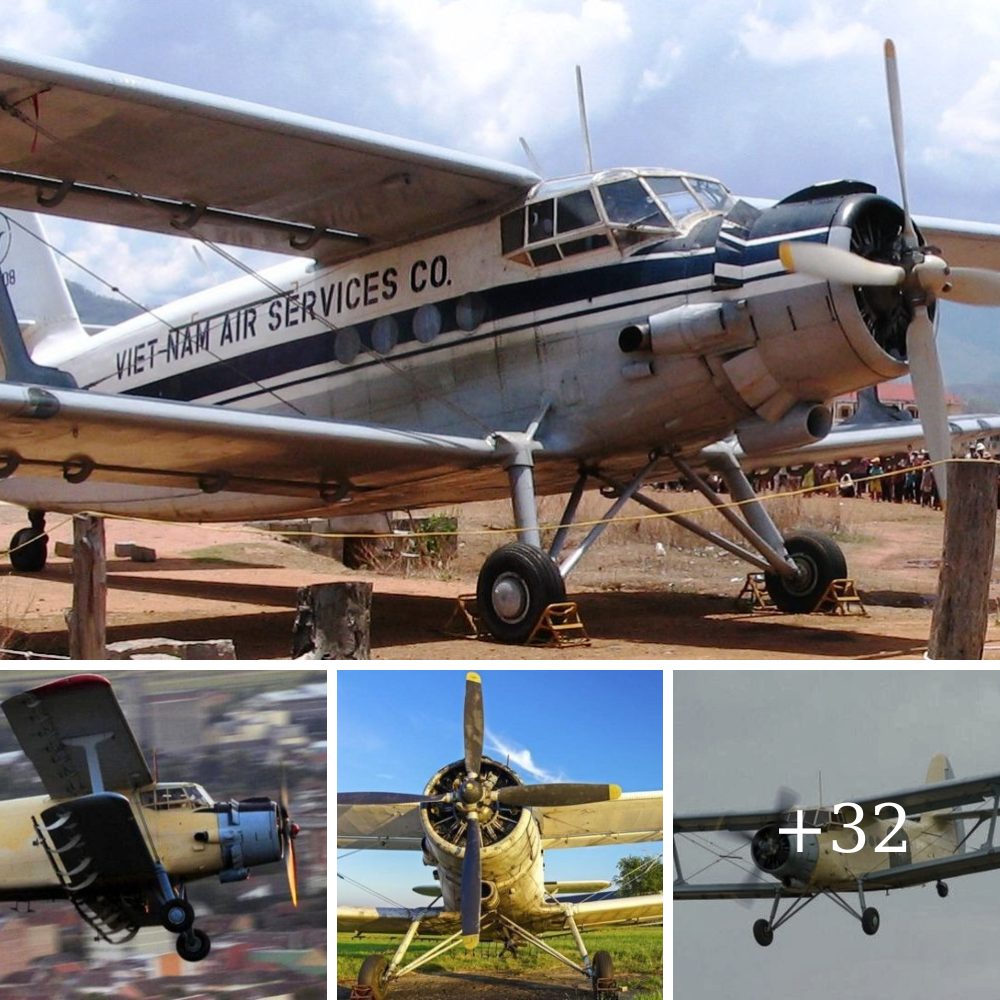It’s an idyllic summer weekend, and you want to get from the city to the cottage without the soul-crushing hassle of highway gridlock.
Or, maybe you want to make a quick cross-country flight, sightseeing and city-hopping along the way — wherever you want, whenever you want, entirely on your own terms.

If you’re a general aviation (GA) pilot, you’re already well-acquainted with these kinds of experiences; they’re basic perks of having a private pilot’s license.
But to the non-flying public, they’re not always top-of-mind.
To inspire and attract a new cohort of pilots into the GA community, plane manufacturer Cirrus has launched a new private pilot training program built around its single-engine SR Series.
“Learning to fly and earning a pilot’s license is what moves the personal aviation industry forward,” said Zean Nielsen, chief executive officer of Cirrus Aircraft, in a statement.
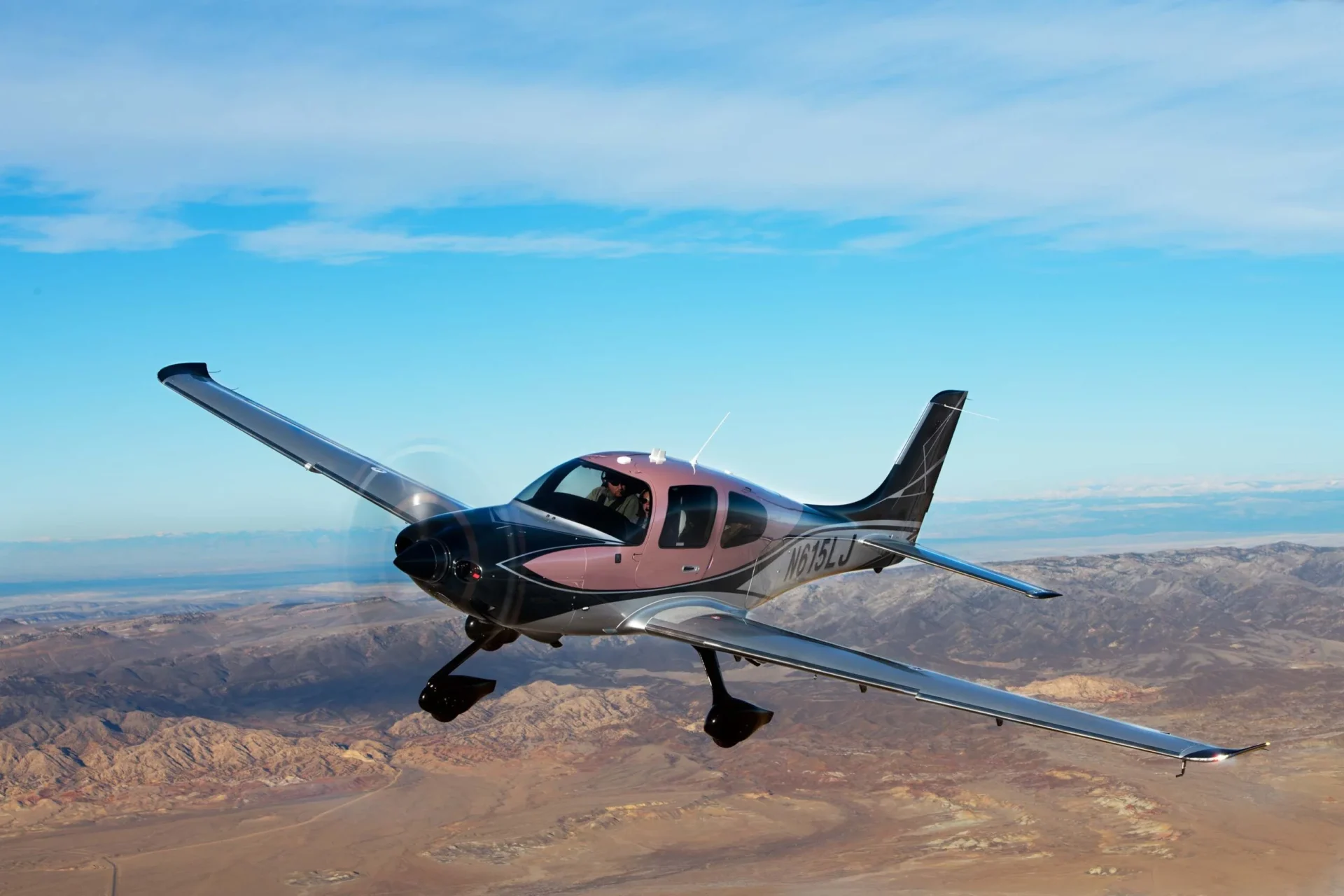
“From day one, our mission has been to grow engagement and participation in personal aviation, and our new Private Pilot Program makes that experience easier and smoother along the way.”
Cirrus announced its Private Pilot Program (PPP) on July 24, 2023, the first day of the EAA AirVenture Oshkosh fly-in and convention in Wisconsin.
The program is designed as an immersive ground school that integrates digital tools with in-person instruction, pairing each student with a Cirrus Standardized Instructor Pilot who is both a Federal Aviation Administration-certified instructor and an expert in Cirrus aircraft.
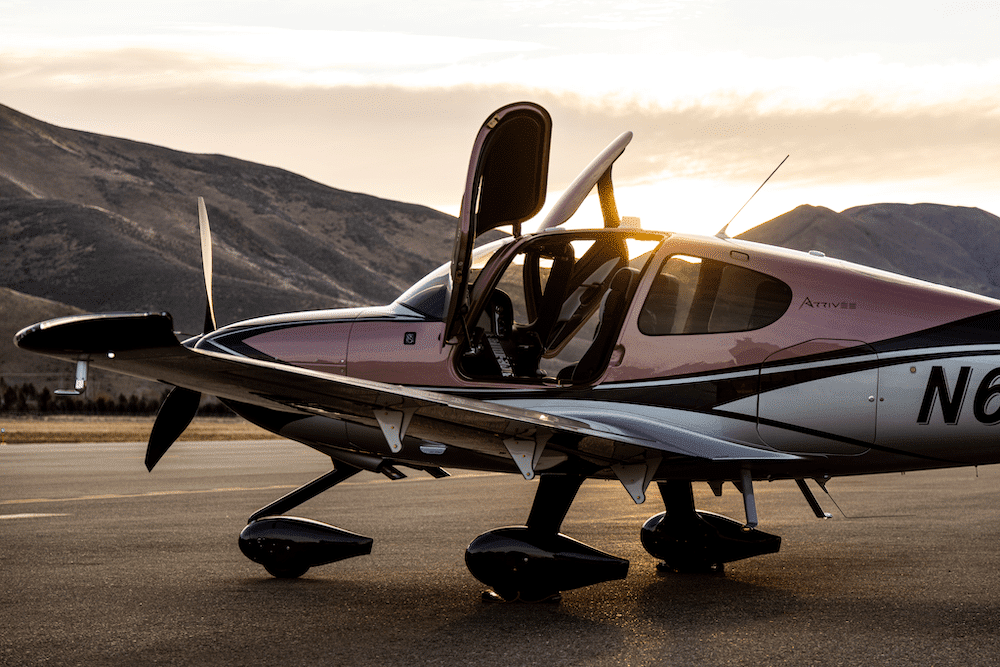
In-person training sessions take place in a Cirrus aircraft, at one of about 80 Cirrus Training Centers across the United States.
Ahead of each practise flight, students complete reading assignments, watch video tutorials, and take quizzes in 11 virtual training modules made up of 40 lessons.
This course material is delivered in a learning management system (LMS) that runs on most popular web browsers. Students and their instructors can access the LMS and track progress on any mobile, tablet or desktop device, though Cirrus recommends using a tablet.
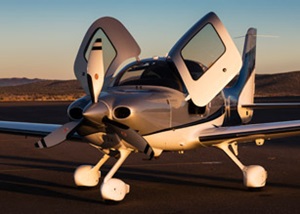
Instructors also update data in a digital logbook that appears on the student’s online dashboard. The pace of training is built around the pilot’s schedule, though Cirrus recommends at least two training activities a week.


